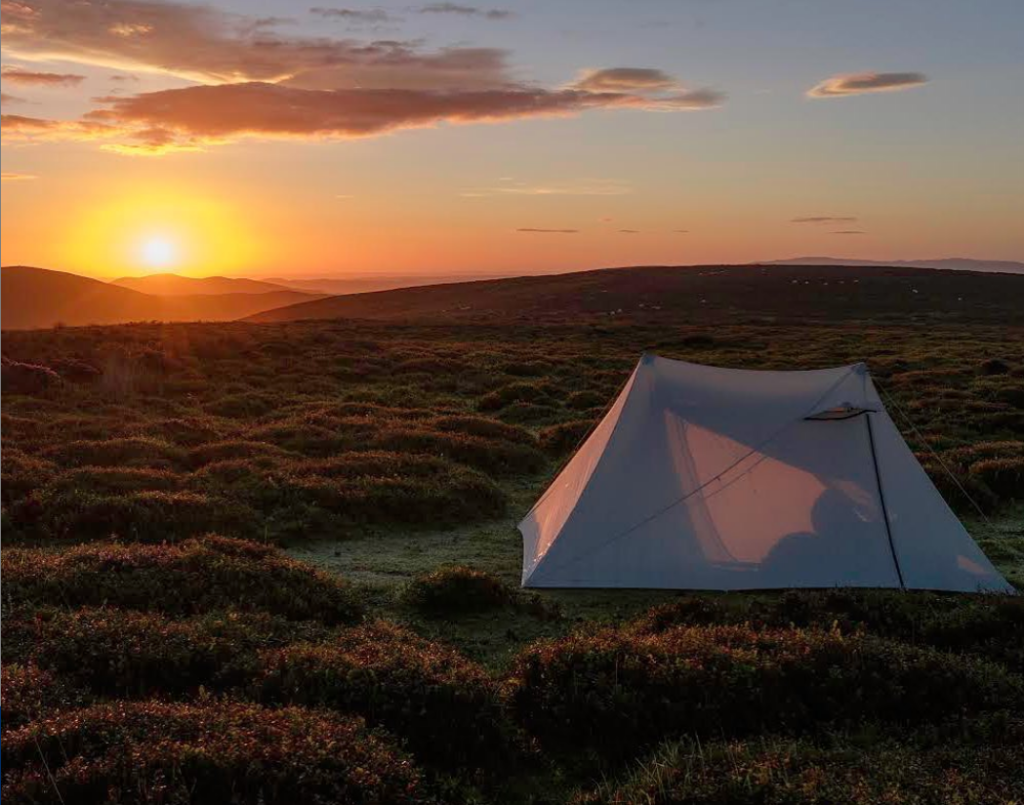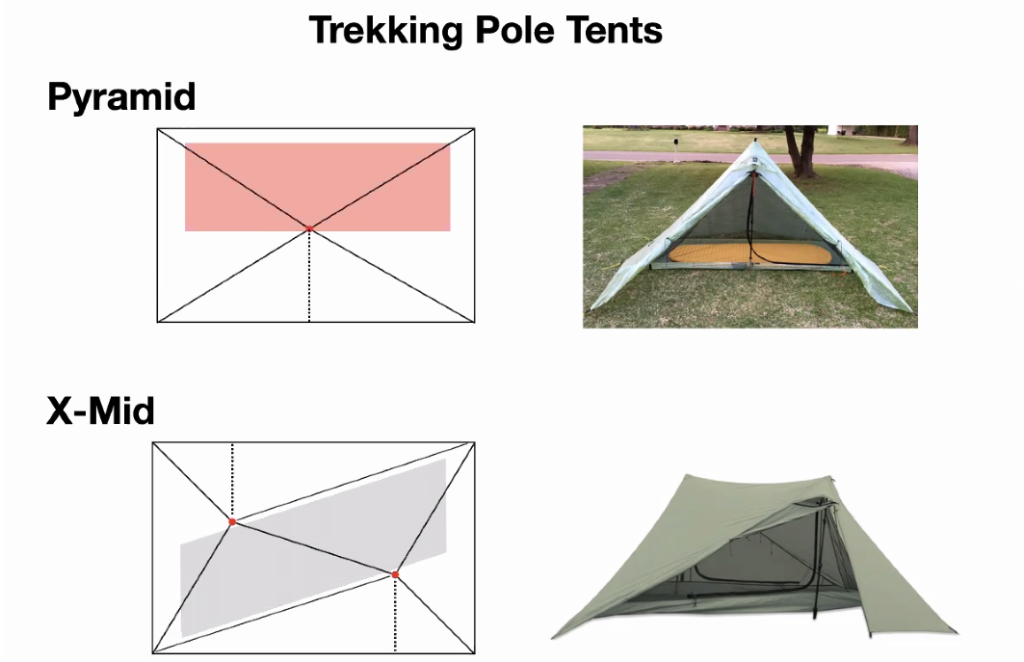KORE’s seventh speaker series hosted Dan Durston, the founder and designer of Durston Gear in Golden, British Columbia. He shared his story of designing the world’s top-selling trekking pole tent, and his grassroots methodology.
Dan Durston is an ultralight hiker, adventurer and self-described gear geek based in Golden, British Columbia. He hiked the 4,000-kilometre-long Pacific Crest Trail in 2014 and three years later did the Great Divide Trail—both ways! That trip totalled 2,300 kilometres and all of these long journeys gave him plenty of time to obsess about the design of ultralight backpacking tents. Eventually he came up with his own concept and it proved to be so popular, it’s now one of the world’s top-selling trekking pole tents.
At a recent KORE speaker series, Dan described the steps that led to his tent design and how he’s used social media to help create a large, influential audience for it. He began his presentation by explaining how he got into thru-hiking about 10 years ago and geeked out over the lightweight gear on offer, spending time on various online chat groups. He was so active on the forums, US company Massdrop suggested he review some products, which he did, and then they asked if he had any of his own designs he’d like to see come to fruition. That’s when Durston Gear was born in 2017 and today Dan creates lightweight tents and backpacks for sale via Drop.com and his own site.
Dan says “Grassroots Marketing” was a key to his company’s founding and its success and that he uses his social media channels and profiles to:
- connect with and engage enthusiasts around the world
- retain those people in a captive audience through mailing lists, Instagram, web forums, and Facebook groups
- use that captive audience to further spread awareness and drive sales
Below are the key points of his presentation.
#1. Be Passionate About Your Product
Durston Gear now sells about 10,000 lightweight tents a year, making it one of the world’s best selling trekking pole tents. Although Dan doesn’t have a design background, he’s enthusiastic about the gear and during his thousands of kilometres of thru-hiking, he thought about how to design a better lightweight tent. The offerings at the time were either the pyramid-style of hiking-pole tent, in which a pole is used to prop up the centre of the tent, or much more convoluted offerings.
“The pyramid style is dead simple but it doesn’t offer a lot of headroom and it limits the size of the door,” Dan says. “And the other designs all seemed complicated.” Eventually he came up with a simple concept that used two poles set up on one diagonal while the sleeping area was on the other diagonal. By his own admission Dan says when he gets interested in something he’s “all in” and the development of this tent occurred after years of passionately following up on the latest trends in lightweight gear.
#2. Know Your Audience
Dan has spent so much time on gear forums and following thru-hiking social media feeds over the years that he knew there was a global audience waiting to learn about his product. The big question was how to reach them. Traditionally, companies would pay for marketing via advertisements and sponsorships. But the Grassroots style of marketing he employs via online and social outlets have a few benefits over the traditional model:
- It’s free (the costs are in time instead of money)
- Low risk
- Agile / nimble / flexible
- Builds credibility/respect as people can tell you’re passionate
- Incredibly powerful in creating passionate fans
The fact that it’s “free” is relative because of the time commitment required. Dan says he spends upwards of 4 hours a day crafting emails and social media messages and scanning forums. He doesn’t consider this work, though, as he loves the topic but for those spending more time developing products, it may be more challenging to dedicate time to social messaging. Social media forums are so great and it’s easy for me to do: a tradeshow or something like that I wouldn’t even know where to start.
#3. Reach Your Audience
The first step in grassroots marketing is to go where your people are and engage them, says Dan. Consider those who would be interested in your product and find them on YouTube, Facebook, Twitter, Instagram, Reddit, or whatever online forum is applicable. Start commenting, replying and posting to increase your presence but make sure to do so without the hard sell. Dan admits that starting is the hardest part but once you’ve put one post up on Instagram, joined one Facebook group and one subreddit and started commenting, then you’re off and away.
The second step after you’ve reached out to your audience, according to Dan, is to connect them: get them plugged in to your captive audience so you can get back in touch. Examples of this are mailing lists, subscribers, and followers. Sometimes it’s as easy as asking the person to subscribe, like you should do on your YouTube videos for example, or you can entice them with a giveaway that requires them to follow you, like on Instagram. Dan says there are indirect ways to connect as well, such as generating traffic to your website and then enticing the person to sign up for your newsletter. Dan had an important point about this strategy, though, and that is to not say “Join our mailing list” as that will put them off. Instead, use more interesting, enticing language, like, “Be the first to learn about discounts, new products, and more by signing up here.”
Dan says that Reddit is a good place to start to see if there’s a thriving subreddit related to the product that you’re offering. However, it’s important to note that Reddit requires you to respond immediately to questions and comments, whereas other platforms such as Instagram and Facebook have more of a leeway. On Reddit, Dan will do a search of the weekly threads for any mention of his company name and he always replies. “Where I’m seeing success is getting really involved in the two-way communication. There are so many people in those groups and they’re so impressed by you taking the time to engage.”
#4. Know Your ROI
Fifty emails and direct messages a day are not uncommon for Dan. “It’s almost a lifestyle,” he says. “I wake up and have 20 Instagram messages. It’s hard because you don’t want your whole life to be fragmented by your audience’s beck and call” and he says it’s important to consider the return on investment for each response. Emails and direct messages are only directed at one person, therefore he keeps it brief. But for posts that he leaves on group forums, he’ll take the time to craft it because he knows there are multiple people reading it. Likewise, he’s spent time perfecting his website so as to entice as many people as possible to sign up to the newsletter because that time investment will increase the size of his captive audience.



